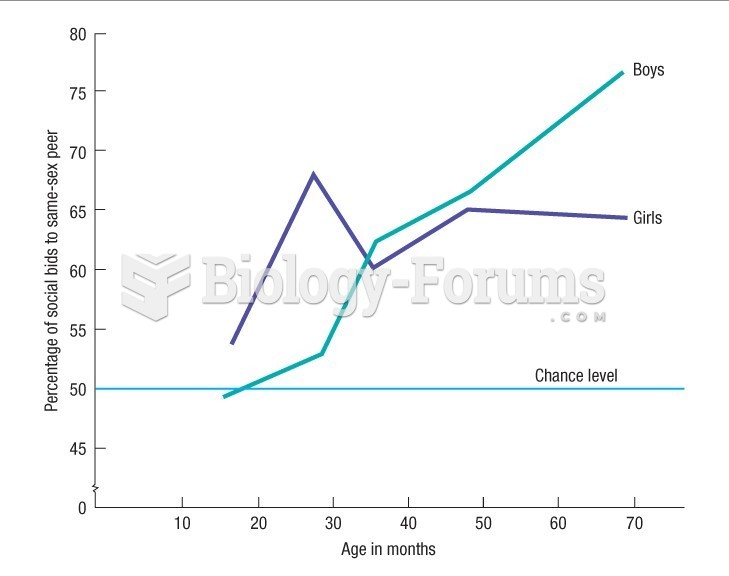|
|
|
When Gabriel Fahrenheit invented the first mercury thermometer, he called "zero degrees" the lowest temperature he was able to attain with a mixture of ice and salt. For the upper point of his scale, he used 96°, which he measured as normal human body temperature (we know it to be 98.6° today because of more accurate thermometers).
Carbamazepine can interfere with the results of home pregnancy tests. If you are taking carbamazepine, do not try to test for pregnancy at home.
Cancer has been around as long as humankind, but only in the second half of the twentieth century did the number of cancer cases explode.
The ratio of hydrogen atoms to oxygen in water (H2O) is 2:1.
The average person is easily confused by the terms pharmaceutics and pharmacology, thinking they are one and the same. Whereas pharmaceutics is the science of preparing and dispensing drugs (otherwise known as the science of pharmacy), pharmacology is the study of medications.
 Functional MRI Scans These scans of human brains show localized average increases in neural activity
Functional MRI Scans These scans of human brains show localized average increases in neural activity
 Children in Baltimore (1909) pull the stringy parts from beans in preparation for canning. Photograp
Children in Baltimore (1909) pull the stringy parts from beans in preparation for canning. Photograp





